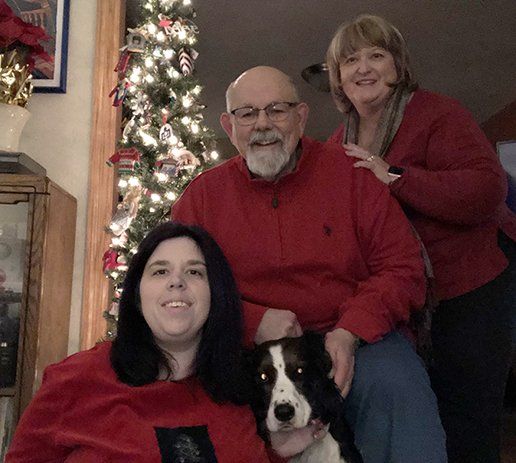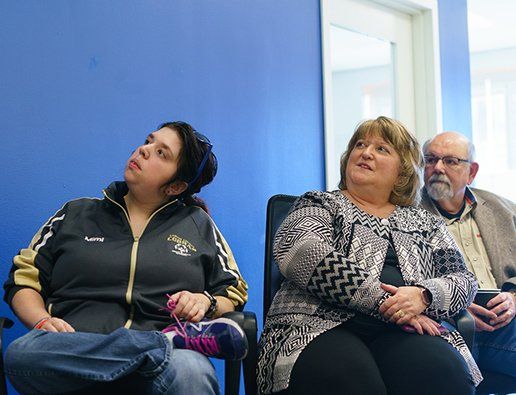The world was a very different place in 1988.
Facebook was nonexistent, smart phones hadn’t entered the market and cars didn’t come with built-in GPS systems. Information was simply less easy to share, even with your neighbors.
So when Melissa Stagni fell into a coma at four days old and was diagnosed with propionic acidemia (PA), a rare metabolic disorder, her parents, Lee and Kathy Stagni, felt very alone. Her ammonia levels reached 2,000 µmol/L and her body rejected any sort of food or nutrients. Kathy and Lee were beside themselves. Then the doctors informed them that Melissa had been diagnosed with propionic acidemia, also known as PA. There was little information about this rare disease. And there was no easy way for Kathy and Lee to connect with other families struggling with PA and other organic acidemia disorders.
The Stagni family were stricken with grief, unsure of what this diagnosis meant for their only daughter. But they never gave up hope.
Instead, they chose to dedicate their lives to fighting for Melissa’s.
Melissa’s first years of life included frequent visits to the hospital. Kathy and Lee soon learned that this disorder is generally managed through controlled nutrition, so each day they prepared special medical food that was fed to Melissa through a nasal gastric tube. PA rendered Melissa vulnerable to infections, so she was unable to attend day care or preschool. The Stagni’s solution was to host live-in nannies to help care for her.
The Stagni’s support system
The Stagni family views a presentation as they talk about the importance of the OAA to the patient community. Melissa’s hospital visits became less frequent as she got older, but the stress and anxiety associated with managing a medically fragile child continued to take its toll on the couple. When Melissa was 10 years old, Kathy discovered a newly formed parent support group called the Organic Acidemia Association (OAA) whose mission was to provide information to parents and professionals dealing with a group of 30 related metabolic disorders – which included PA. The OAA soon became the family’s primary “go to” source for advice and information on medical advances related to PA.
Melissa, or Mimi, now 31 years old, is an extremely active member in her community. Between participating in the Special Olympics and working at her father’s energy conservation and renewal company, her social life is vibrant. “I’m mostly her chauffer these days,” says Kathy. “Her social life is my social life.” In addition to her job, Melissa loves to bowl with her friends and create art through coloring. Today, she is one of the oldest people living with PA.
Melissa, or Mimi, now 31 years old, is an extremely active member in her community. Between participating in the Special Olympics and working at her father’s energy conservation and renewal company, her social life is vibrant. “I’m mostly her chauffer these days,” says Kathy. “Her social life is my social life.” In addition to her job, Melissa loves to bowl with her friends and create art through coloring. Today, she is one of the oldest people living with PA
“There’s a lot of hope.”
Though Melissa still encounters extreme difficulties such as frequent dehydration, stage 3 kidney disease and developmental delays, she is able to live semi-independently through the support of OAA and her family. “There’s a lot of hope,” says Lee.
The Stagni’s ongoing commitment to OAA
Kathy has now led the OAA as its executive director for more than 20 years. Since she joined the organization, thousands of families living with OA disorders have become connected across the globe. She has also championed newborn screening for metabolic disorders; through her efforts, OA disorders have been added to the recommended newborn screening panel in all 50 states.
Through its social media presence, printed newsletters, research fundraising and much more, the OAA has become a staple in the lives of those living with these diseases. Under Kathy’s leadership, the OAA has grown to be the largest patient advocacy support group for PA, MMA and other organic acidemias.
©2023 LOGICBIO THERAPEUTICS, INC. Privacy Policy | Terms of Use



